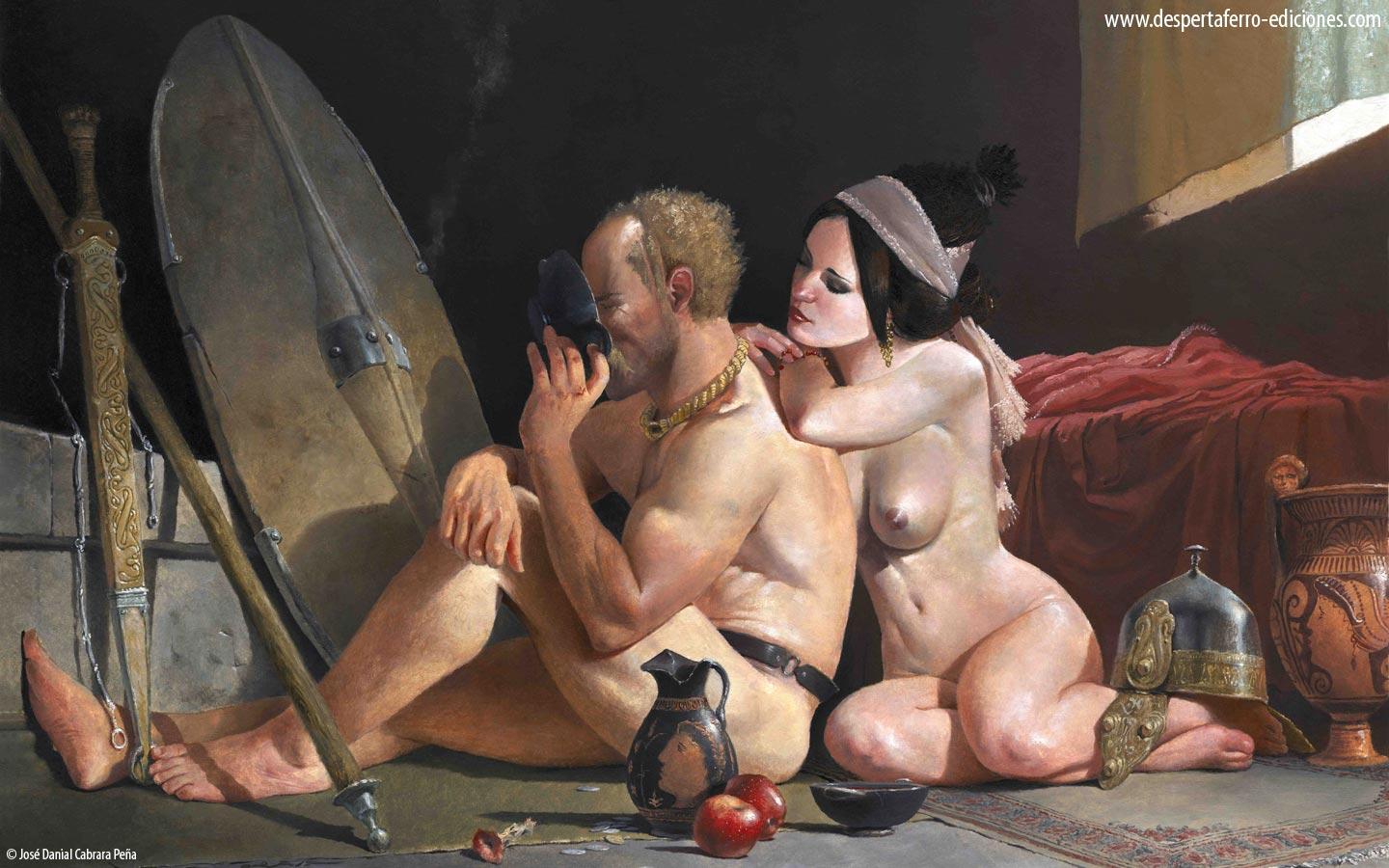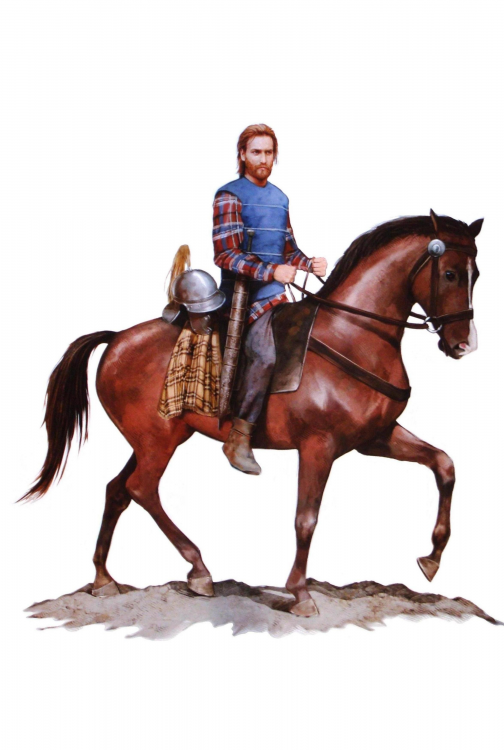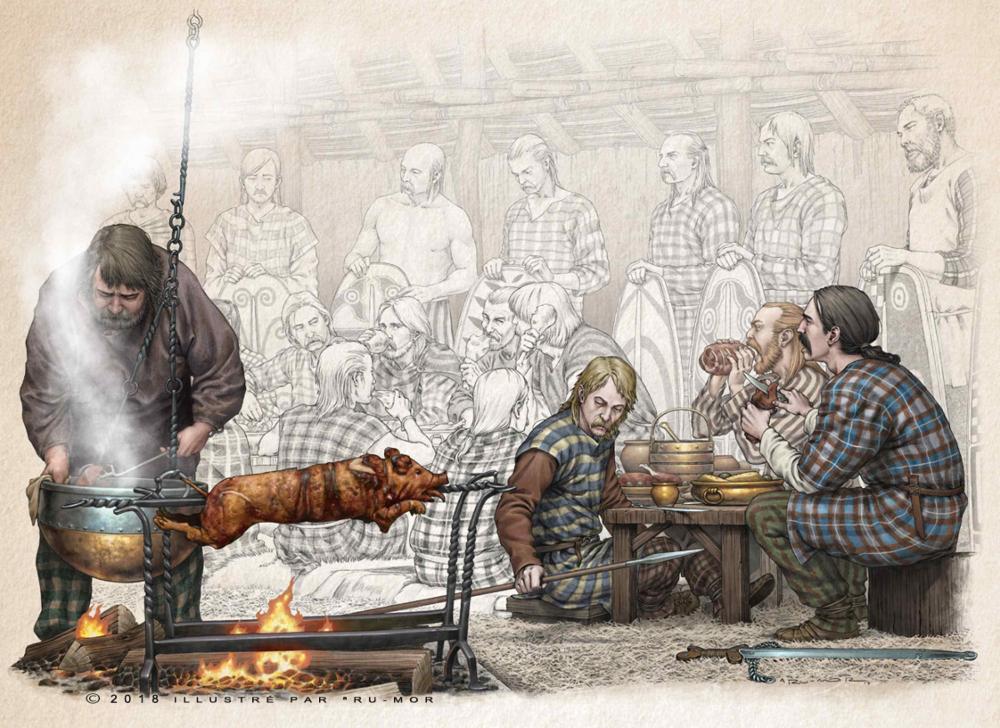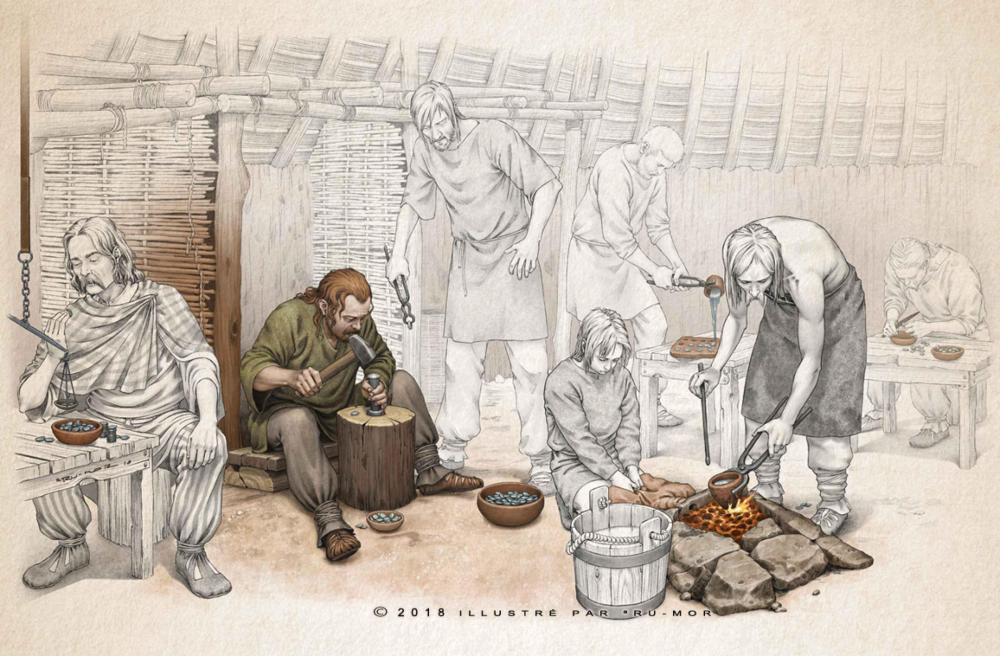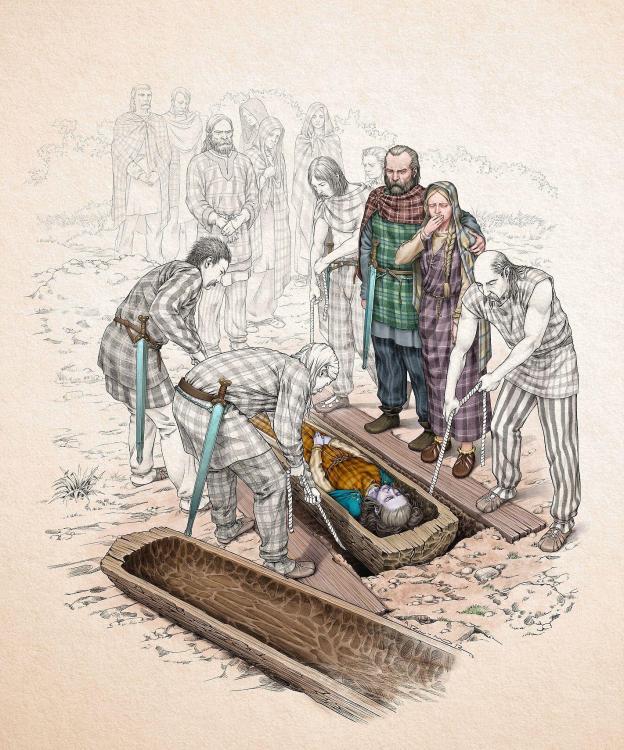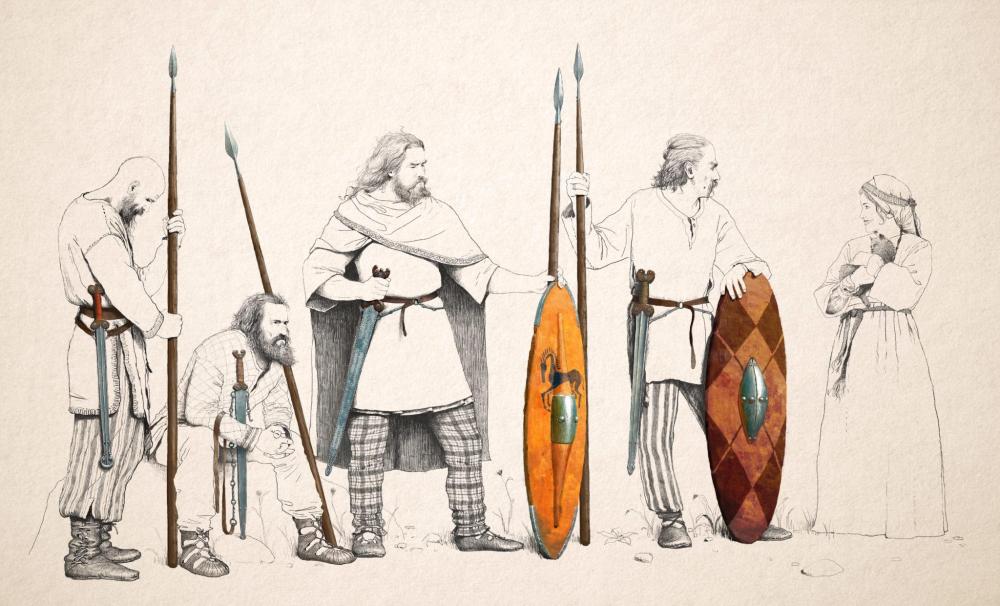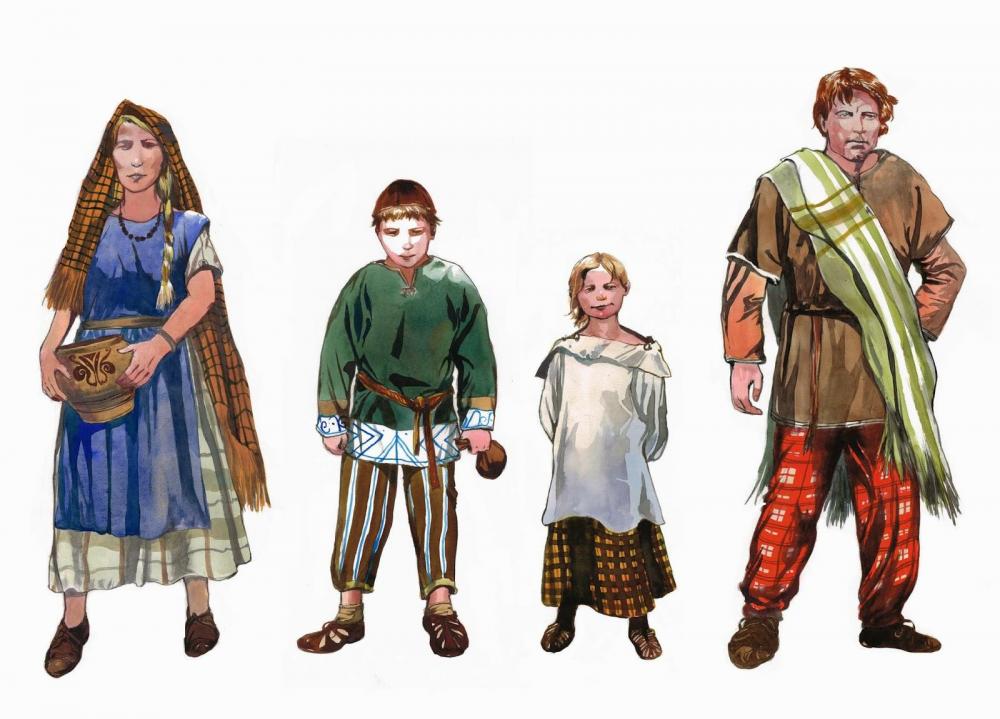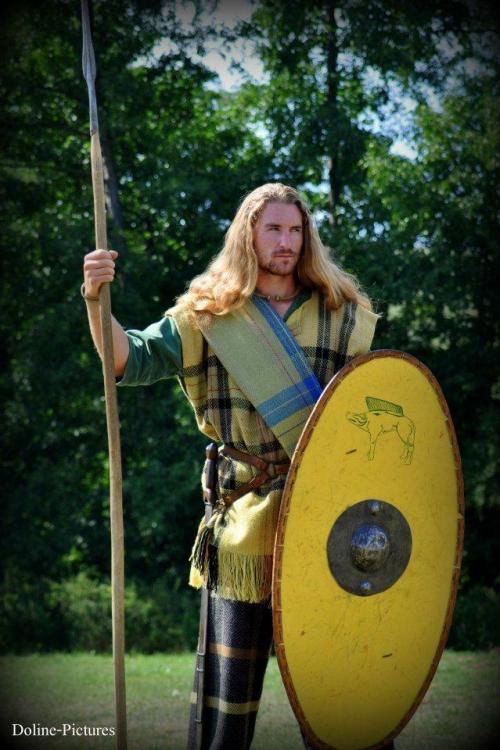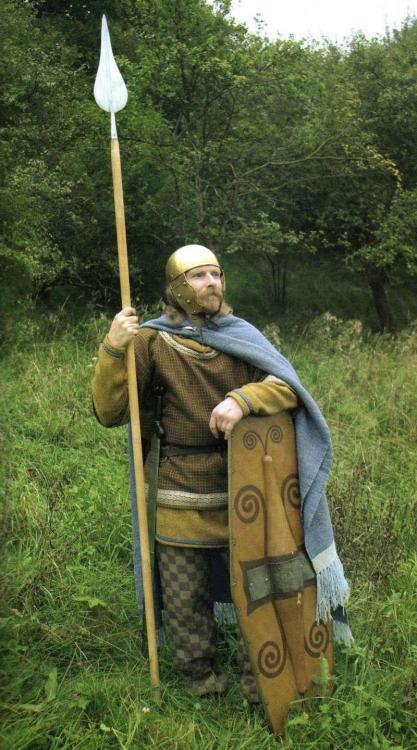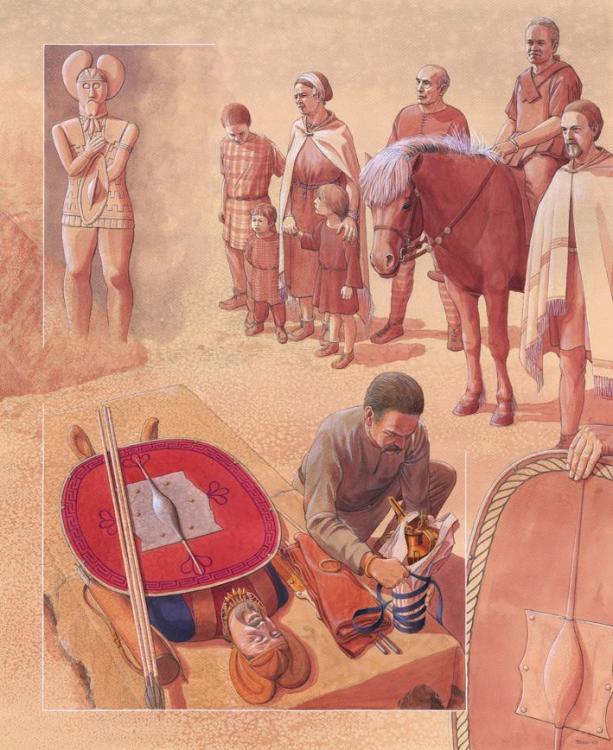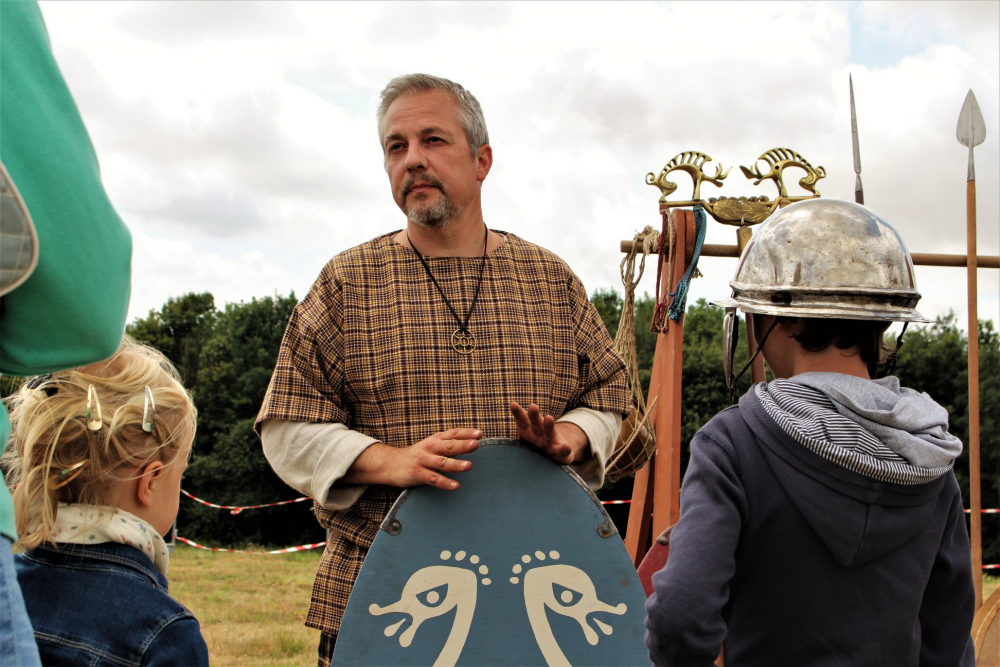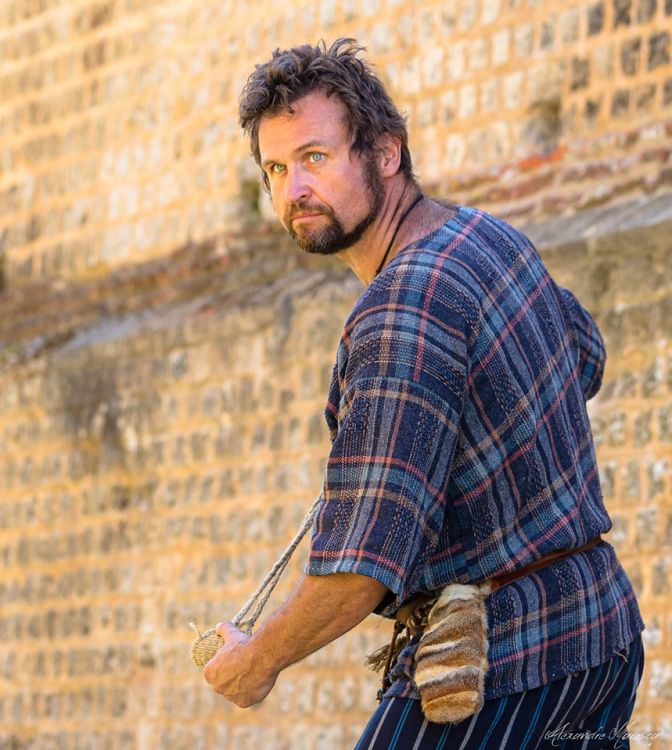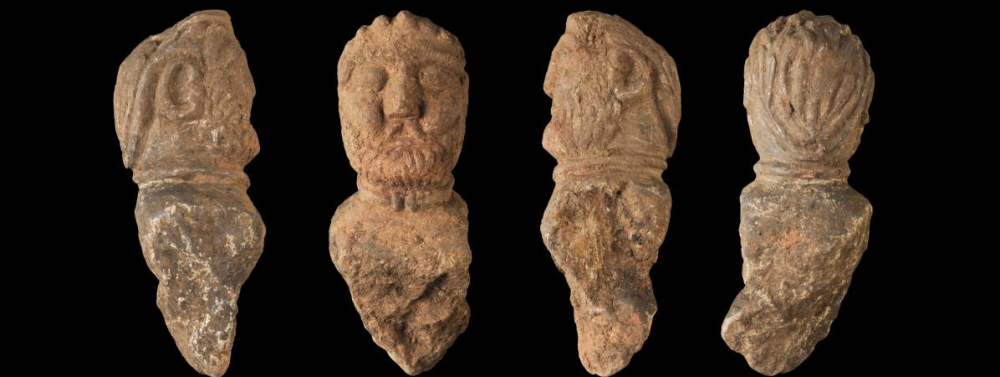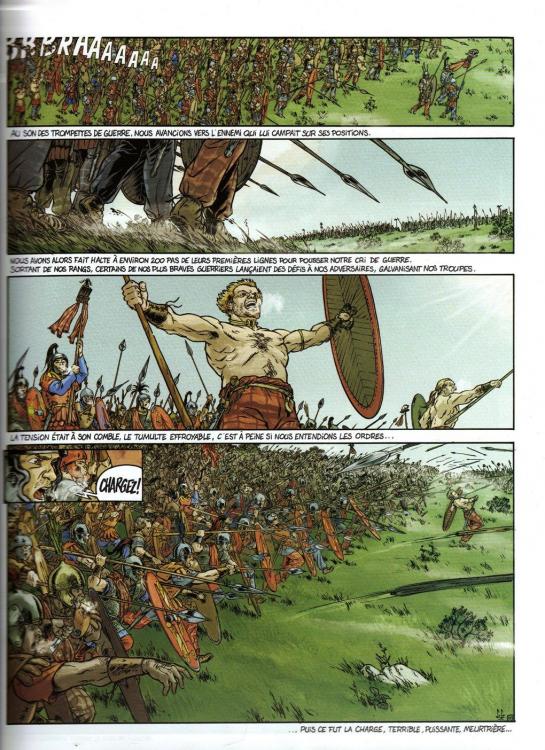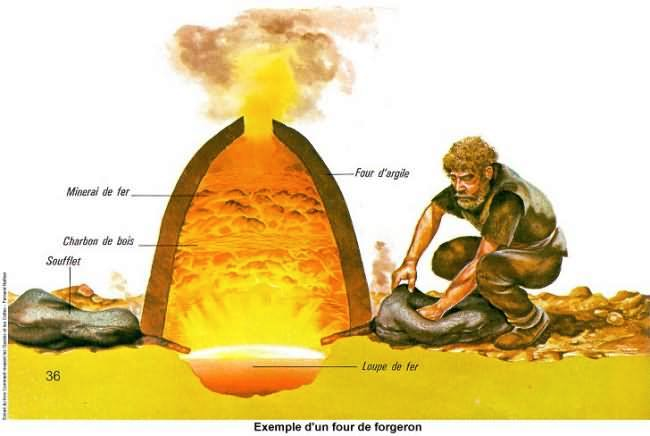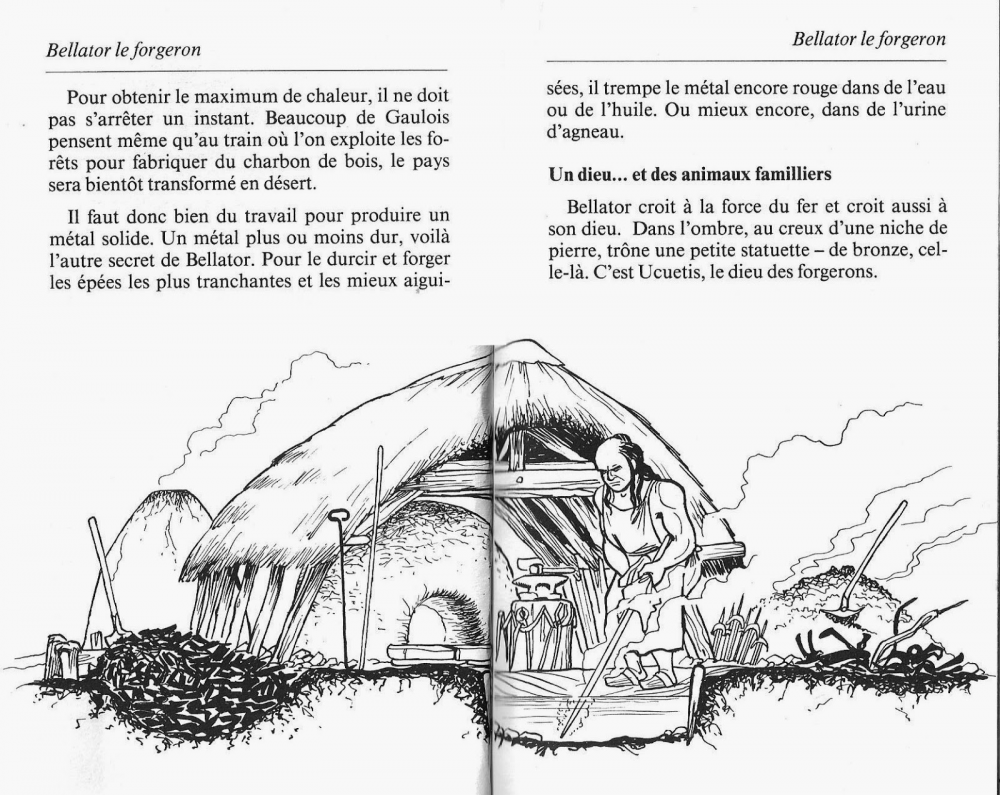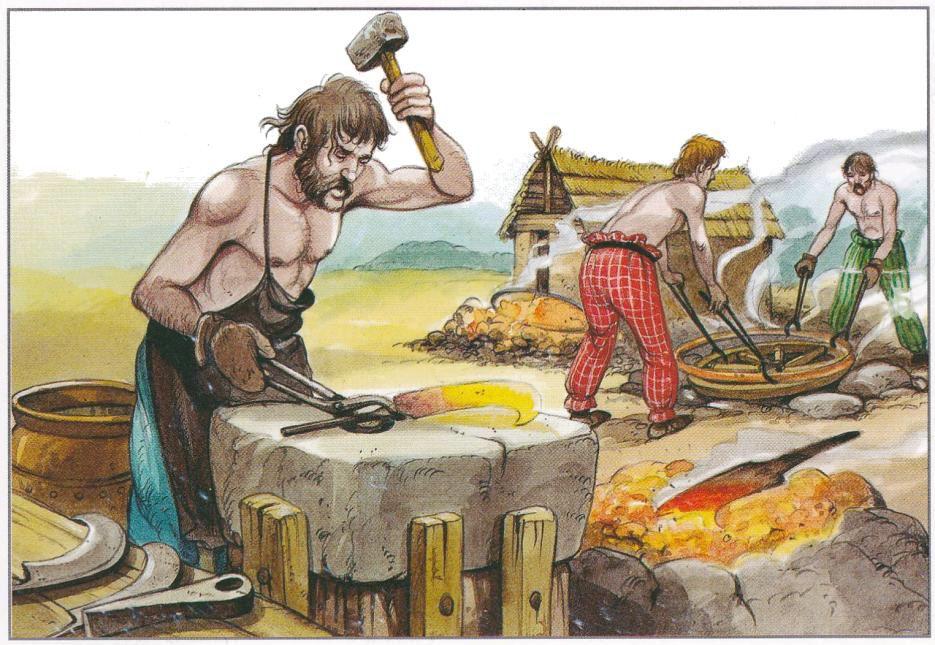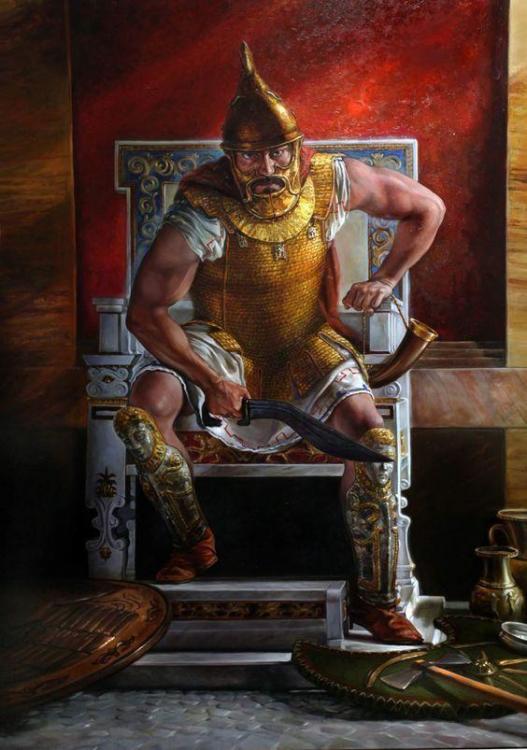-
Posts
2.401 -
Joined
-
Last visited
-
Days Won
82
Everything posted by Genava55
-
.thumb.jpg.b21ca1d0c15fb56b42c39b25a0a40815.jpg)
Funny Relevant Videos and Memery
Genava55 replied to wowgetoffyourcellphone's topic in Introductions & Off-Topic Discussion
I was thinking exactly the same just the past minute -
.thumb.jpg.b21ca1d0c15fb56b42c39b25a0a40815.jpg)
Civ: Germans (Cimbri, Suebians, Goths)
Genava55 replied to wowgetoffyourcellphone's topic in Delenda Est
I know. The artist choose to represent those tribesmen. That's particularly obvious with the Celtic swords and scabbards. Not any single edged sword common in the Germanic world. -
.thumb.jpg.b21ca1d0c15fb56b42c39b25a0a40815.jpg)
Civ: Germans (Cimbri, Suebians, Goths)
Genava55 replied to wowgetoffyourcellphone's topic in Delenda Est
Well... that's quite a lot of Gallic material here -
.thumb.jpg.b21ca1d0c15fb56b42c39b25a0a40815.jpg)
Borg Expansion Pack Mod implementation in 0ad alpha 24 release.
Genava55 replied to snelius's topic in Game Modification
-
.thumb.jpg.b21ca1d0c15fb56b42c39b25a0a40815.jpg)
===[COMMITTED]=== Gallic Tunic Textures
Genava55 replied to wackyserious's topic in Completed Art Tasks
For me it is ok. We have multiple evidence in celtic art for human figures with this kind of hat but only one archeological evidence for a chieftain. We do not know if it was exclusive for non-religious member. We do not know if the chieftain was also a religious figure, and we do not know how far the druid could be an authority in the society. In some case, a Druid could act as a political leader as well. -
.thumb.jpg.b21ca1d0c15fb56b42c39b25a0a40815.jpg)
===[COMMITTED]=== Gallic Tunic Textures
Genava55 replied to wackyserious's topic in Completed Art Tasks
Hexagonal shields are attested in the late Gallic cultures (after 150 BC). Hex shields can be used to specifically distinguish units, it will depend on how the roster will be done. The Celtic warrior used both in the battle. A spear/javelin combined with a sword. There are some burials found with only swords and thousands of swords have been found, so I suggested a Gallic swordsman originally but yet the roster is not validated. However, poorer warriors probably used only javelins and spears. Again it will depend on the future roster. I suggest either: - To remove the scabbard for the spearman. - To give the scabbard only to higher rank spearman (advanced or elite). Btw, the iron scabbard should be on the right side. Sleeveless tunic are attested. For a couple pictures useful in general for textures: -
https://www.facebook.com/301410029889224/photos/a.468322259864666/1142078885822330/ http://blog.armae.com/wp-content/uploads/2018/08/camp-2.jpg http://blog.armae.com/wp-content/uploads/2018/08/legionnaires.jpg
-
.thumb.jpg.b21ca1d0c15fb56b42c39b25a0a40815.jpg)
The Role of Women in 0 A.D.
Genava55 replied to Thorfinn the Shallow Minded's topic in General Discussion
Add slaves. It's simple. Only a few civilizations skipped slavery at this time (Han Dynasty). -
If you are looking for more designs, try to look for "légionnaire césarien" in google images. François Gilbert did a lot of things about it, although not totally correct for things like leather armband, it is quite good on the others.
-
-
For the "barbarians", provocative poses could be interesting. Hitting the weapon against the shield for example.
-
-
.thumb.jpg.b21ca1d0c15fb56b42c39b25a0a40815.jpg)
===[TASK]=== Crowd Sourced - Thracians (Faction)
Genava55 replied to Cleo's topic in Game Modification
-
-
.thumb.jpg.b21ca1d0c15fb56b42c39b25a0a40815.jpg)
Others RTS - Discuss / Analysis
Genava55 replied to Lion.Kanzen's topic in Introductions & Off-Topic Discussion
In French -
.thumb.jpg.b21ca1d0c15fb56b42c39b25a0a40815.jpg)
Blender AddOns, Materials & Tutorials.
Genava55 replied to Alexandermb's topic in Tutorials, references and art help
And close to the spina and umbo boss. But leather torn apart could be possible, if the blade glide on the wood it could do that. -
.thumb.jpg.b21ca1d0c15fb56b42c39b25a0a40815.jpg)
Blender AddOns, Materials & Tutorials.
Genava55 replied to Alexandermb's topic in Tutorials, references and art help
Steel quality is indeed lower in the beginning of the Roman Era than during Medieval Times. Even for the Romans. For Celtic swords, there were very poor to very good examples but poor and very poor steel was the most common. Damages to the shield are possible but I would be skeptical about damages distributed over the entire shield. Actually shield use in fighting should have been much more active (not only for the Vikings, but for Celts and Iberians). I don't think fighting would have consisted to blindly smash the opposing shield. -
.thumb.jpg.b21ca1d0c15fb56b42c39b25a0a40815.jpg)
Civ: Germans (Cimbri, Suebians, Goths)
Genava55 replied to wowgetoffyourcellphone's topic in Delenda Est
Basically there is little evidence for native helmets and armor among the Germans. Only chainmail is known. But there are evidences for mercenaries and auxiliaries material. Imagine a noble Suebian, where could he get his helmet if he wants one? What are the relationship of the Suebians with Rome? Edit: for those interested From the Baltic to the Danube: Early Roman Iron Age Warriors from Hagenow, Mecklenburg, and Their Relations with Barbarian and Roman Worlds. http://briai.ku.lt/downloads/AB/08/08_058-068_Voss.pdf Relations between Rome and the German 'Kings' on the Middle Danube in the First to Fourth Centuries A.D http://www.kroraina.com/varia/pdfs/pitts_Relations between Rome and the German 'Kings' on the Middle Danube in the First to Fourth Centuries.pdf -
I open this thread to offer a starting point for those that want to deepen specific topics and to centralize the different useful sources found by the members of our community. Anybody can propose a reference to add to the list. I will update the list when I can. To ease the reading, I put the title first, then the author name and the year. The goal here is NOT to reference EVERYTHING. There are too many books on the same topics. The best option should be to propose some key readings on specific topics, the best references available. Some books in foreign languages are welcomed. We should avoid to post direct links to Library Genesis or Sci-Hub here, but checking if the book is available there will be an appreciated effort. Proposing very rare and overpriced books is not useful, except if it is still possible to find it in an electronic format. I start with Rome and I will continue later. Recommended Classical Literature Rome Celts Mauryas / Ancient India Hellenistic / Diadochi / Alexander and his successors Others will follow up...
-
.thumb.jpg.b21ca1d0c15fb56b42c39b25a0a40815.jpg)
I'm Planning to Get a New PC and I Need Advice
Genava55 replied to sphyrth's topic in Introductions & Off-Topic Discussion
https://www.newegg.com/global/hn-en/gigabyte-radeon-rx-570-gv-rx570gaming-4gd/p/N82E16814125966 From a quick search -
Some talk: https://forums.totalwar.org/vb/showthread.php/51155-EB-Imitation-Legions-Thuerophoroi http://www.twcenter.net/forums/showthread.php?628825-Hellenistic-romanized-sword-bearer
-
The City Besieged. Siege and Its Manifestations in the Ancient Near East. https://brill.com/view/title/16583 Available online
-
.thumb.jpg.b21ca1d0c15fb56b42c39b25a0a40815.jpg)
I'm Planning to Get a New PC and I Need Advice
Genava55 replied to sphyrth's topic in Introductions & Off-Topic Discussion
Now an Asus RX560 I got on a sale. Before it was a GTX 460 OC, again got on a sale 8 years ago. Both were able to run AC: Origins but clearly it was a bit difficult for the GTX. -
.thumb.jpg.b21ca1d0c15fb56b42c39b25a0a40815.jpg)
I'm Planning to Get a New PC and I Need Advice
Genava55 replied to sphyrth's topic in Introductions & Off-Topic Discussion
My strategy in building long lasting PCs is to bought a correct CPU and to upgrade the GPU after some months/years. 8 years ago, I put 220 CHF in a i5 2500k and recently I was able to play Assassin Creed Origins on decent settings. Simply by upgrading one time the GPU during these 8 years. -
The Romans army often carried out their small engines with them, like the scorpion. Edit: siege tower and battering ram were clearly built on site however.

